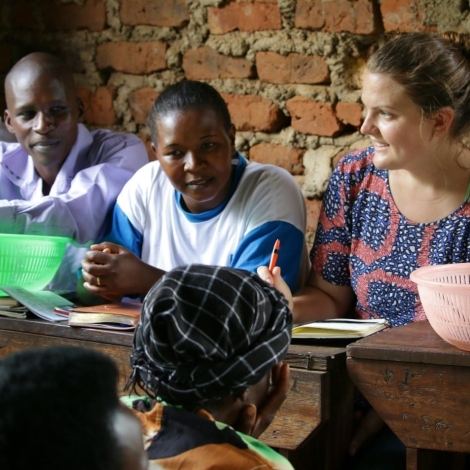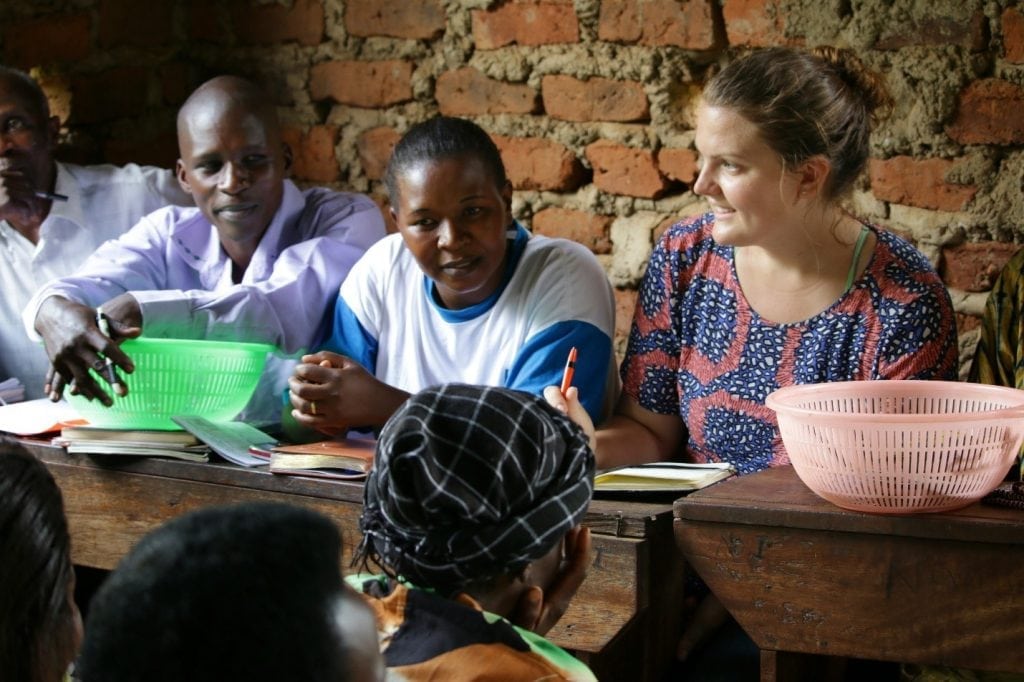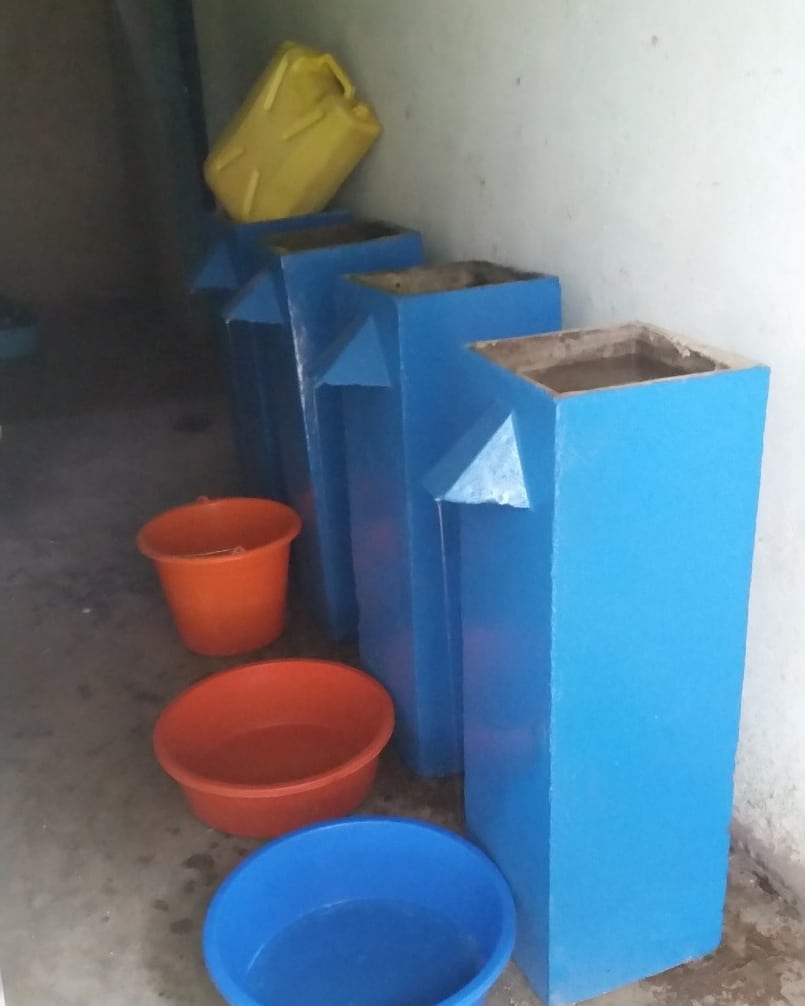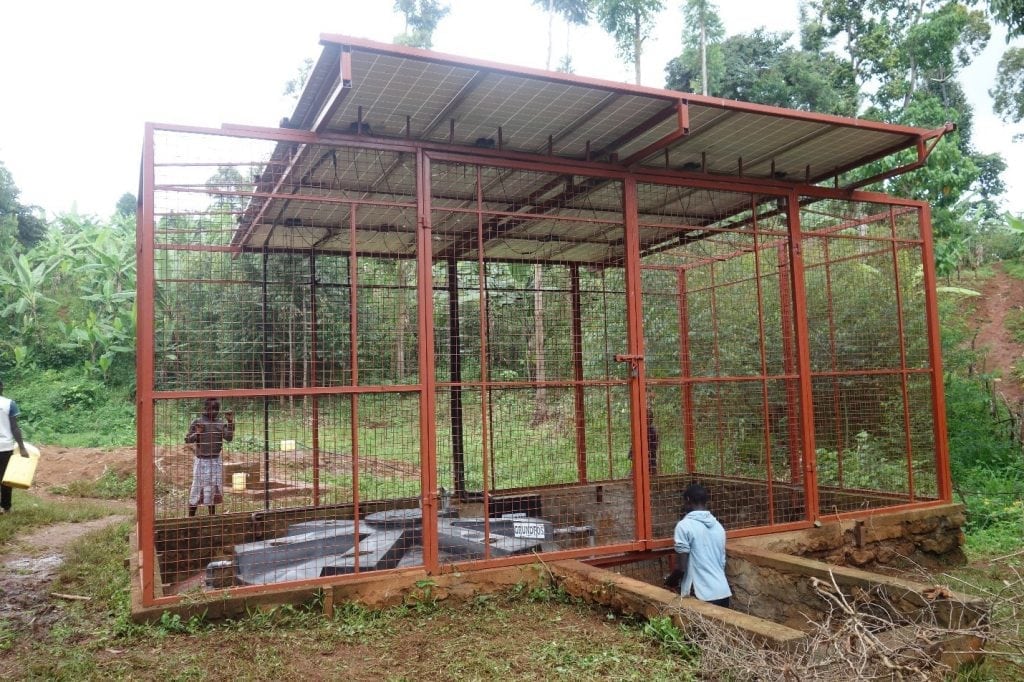In the rush to carry out their global development projects, many non-governmental organizations neglect to incorporate a maintenance plan. They would do well to realize, however, that a long-term plan is the most important component. Designing for sustainability and providing the necessary follow-up cannot be overstated. Project planning must align with the expected useful life of the product or technology. As a student in Oregon State University’s Humanitarian Engineering Program, I’ve participated in three research trips to Eastern Uganda since 2015. While working there, I’ve witnessed examples of both good and bad practice in the field. The following are case studies I’ve witnessed that highlight the importance of sustainable strategy in community projects.
Chlorine tablets in Bududa
Bududa is a small village in the in Eastern Uganda where Typhoid and diarrheal diseases are a common occurrence. Many families cannot afford the time or resources to boil their drinking water. During an interview I conducted in 2015, a group of community members shared the story of an NGO reaching their village and providing residents with Aquatab water purification tablets. One tablet can purify a 20 L jerrycan of water and costs 200 UGX (roughly 10 cents). Unfortunately, the tablets quickly ran out, and the community was back to square one – no water treatment solution. The NGO never returned and the residents continued to consume unsafe drinking water.
Biosand filters in Mbale
In 2014, Friendly Water for the World (FWW) distributed four Biosand filters to an Education Center in Mbale, Uganda with funding from a European NGO. In 2015, I visited the school while the filters were undergoing a maintenance check by Victoria Nabu, a FWW employee from Mbale. They were working well and the school was using them every day. In August 2017, I had the opportunity to sit down with Nabu to discuss the status of these filters. She explained that filters were no longer in use because of lack of maintenance and project follow-up, due to a lack of funding from the NGO.
Purification System in Kapchorwa
In 2014, through funds provided by European organizations, a water treatment facility was implemented in a small village near Kapchorwa, Uganda. The organizations hired WaterTech Services Ltd, an engineering firm in Kampala, to complete assessment, installation, and maintenance of the project. The system retrieves water from a spring and pumps it through a sand filter, a UV filter, and chlorine dispenser by means of solar panels. WaterTech policies require at least one villager to participate in a two-week training to understand maintenance and protocols for problem solving. In 2017, I visited the project site and met with the man left in charge of the system, Joseph. The system was performing well and the maintenance plan was sufficient. Just a month before I visited, one of the pumps had malfunctioned and Joseph had sent it into town for repairs with funds from the community.
Take-Aways
Unfortunately, unsustainable projects such as the chlorine tablet distribution in Bududa and the Biosand filter implementation in Mbale, are a common site in emerging communities worldwide.
“Without follow-up, projects don’t last. People aren’t encouraged to continue your projects when they can’t have their questions answered,” Nabu told me.
Chlorine tablets are a great solution – only if there is a long-term replenishing plan or if the community can afford to purchase them regularly. Biosand filters are also a great solution – only if there are resources for ongoing maintenance, which is required for the lifetime of the filter.
Just like the case of Kapchorwa, it is essential that aid organizations focus time and money on maintenance programs that last the estimated use of the program or technology. Long-term planning is sustainable, ethical, and necessary.




